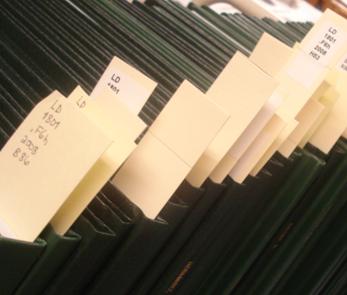
USF St. Petersburg campus Master's Theses (Graduate)
MoS2 Doped TiO2 Nanomaterial and the Enhancement of Photocatalytic Properties for Solar Disinfection
First Advisor
Major Professor: Henry Alegria, Ph.D.
Second Advisor
Madhu Pandey, Ph.D.
Third Advisor
Foday Jaward, Ph.D.
Publisher
University of South Florida St. Petersburg
Document Type
Thesis
Publication Date
2018
Date Issued
March 20, 2018
Abstract
This research project focused on the synthesis, characterization, and environmental application of a photocatalytic nanomaterial composed of molybdenum (IV) disulfide [MOS2] doped titanium dioxide [TiO2]. Extensive research has been conducted on the electronic uses of nanocrystalline MoS2 as a phototransistor and absorptive species (Yin et al., 2012), as well as the photocatalytic effects of TiO2 (Diebold, 2003). Research has also been performed into the generation of oxidizers from TiO2 nanocomposites (Zhang et al., 2015), but as of yet no research has been conducted on a practical application of this material. This project fills that void by evaluating its effectiveness while integrated into a solar disinfection [SODIS] platform, which has extensive humanitarian applications. Solar disinfection is the chief disinfection method recommended by the World Health Organization for developing countries (Clasen, 2008).
This project utilized the Sol-gel method to create varying concentrations of MoS2- TiO2 nanocomposite, followed by characterization using SEM (scanning electron microscopy), X-ray diffraction, FTIR spectrophotometer analysis, and solid state UV-Visible analysis. It was successfully demonstrated that a synthesis of these two materials is possible at a variety of ratios, but that a blend of 5% MoS2-95% TiO2 enhanced the photocatalytic properties of TiO2 most optimally when integrated into the SODIS platform. Doping with low concentrations of MoS2 enhanced the absorption of light by TiO2 into the visible spectrum and increased its absorbance into the UVB/UVA range, without inhibiting its inherent oxidative properties significantly. This enhancement resulted in a reduction to the time required for full elimination of deleterious Escherichia Coli [E. coli] from potable water within the SODIS platform from 150 minutes to 120 minutes, compared to pure TiO2 nanomaterial. It was also demonstrated that the other blends of MoS2 doped TiO2 possessed equivalent photocatalytic properties compared to that of pure TiO2 (Yin et al., 2012). If properly employed, these nanocomposites could serve as an effective addition to the SODIS platform.
Creative Commons License

This work is licensed under a Creative Commons Attribution-Noncommercial-No Derivative Works 4.0 License.
Recommended Citation
McColgan, Timothy, "MoS2 Doped TiO2 Nanomaterial and the Enhancement of Photocatalytic Properties for Solar Disinfection" (2018). USF St. Petersburg campus Master's Theses (Graduate).
https://digitalcommons.usf.edu/masterstheses/173


Comments
A thesis submitted in partial fulfillment of the requirements for the degree of Master of Science Department of Environmental Science, Policy and Geography College of Arts and Sciences University of South Florida St. Petersburg